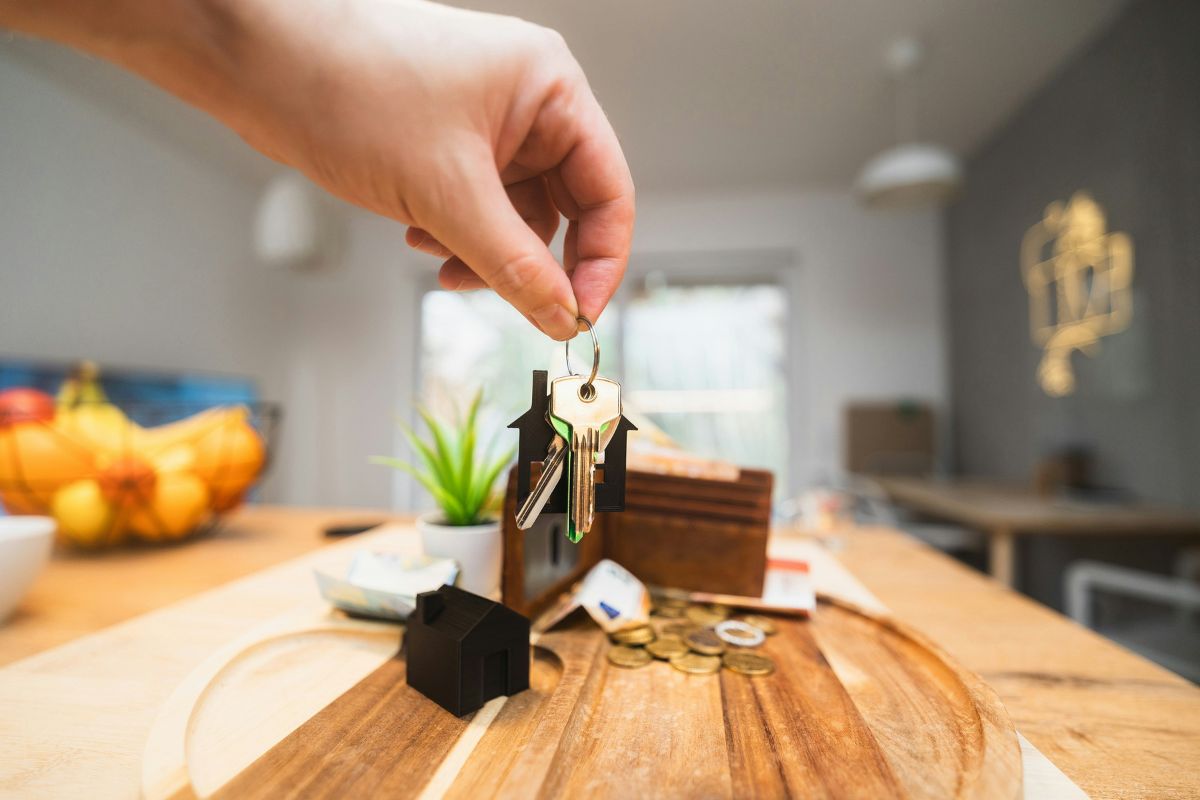Should FHBs Buy a PPOR or Investment Properties?
A few years back, the media started using the term ‘rent-vesting’ to describe the strategy of renting where you live, while investing where you could afford to purchase (and where the numbers stack up) in order to build wealth.
To the journalists and many readers, it was a novel concept. Imagine! Buying investment properties first, when most Australians prefer to mortgage themselves to the hilt and slave away to pay off the most expensive owner-occupier home they can afford.
Well, long before that, B.Invested founder Nathan Birch was the original rent-vestor.
Just after the turn of the century Nathan was hustling to get into the market and build equity before expanding his portfolio as quickly as possible.
Over the years he has always been open about the fact that he remained living at home with his mum during the initial years of his investment journey.
It wasn’t “the done thing” back then, but not doing “the done thing” allowed Nathan to build a massive property portfolio and use his wealth to build his own dream home without being chained to a 30-year mortgage and having to work a job he hates to pay it off.
Conditions have changed
In the initial couple of years since the first outbreak of Covid, first home buyers had opportunities to get into the market by purchasing an owner-occupier. Government stimulus sent the cash rate tumbling down to 0.1%, which saw home loan interest rates at 2% and even lower in some cases.
On top of that, the government sought to boost the first home buyer market with extra grants and concessions, offering up cash injections for the purchase of newly constructed properties, plus the chance to get in with small deposits and even to dip into superannuation in order to buy homes.
All up, if the planets aligned for your situation, you could access close to $50,000 extra to get into the market.
And the costs of living were more manageable, as inflation stuck stubbornly below the RBA’s target range…until it didn’t.
What happened next changed things considerably. Inflation took off and the RBA hiked the cash rate repeatedly over 15 months to where it now sits at 4.1%, a stunning 4% higher than in early 2022.
The result has been a small correction in home prices and a huge plunge in borrowing power. So a first home buyer who might have been able to borrow $700,000 last year is now looking at something closer to $450,000.
And smaller deposits are also on the nose with banks, because lending 95% of the value of a property is risky in a market that is yet to recover from a correction phase.
Many buyers will no longer be able to buy where they want to live, but that doesn’t mean they should give up on building wealth. Remember, there are other options than just following “the done thing”.
Go where the numbers work
There are many markets in Australia at the moment where vacancy rates are tight, rental returns are on the rise and properties can be bought for less than $300,000.
You might not be able to borrow the full $700,000 for your permanent place of residence (PPOR), but if you are building wealth through investment properties, banks will take into account some of the rental income that will be contributing towards your servicing of the loan.
Generally, a lender will add 75-80% of the existing or expected rental income to your regular income when calculating your borrowing power. The other 20% they assume will be used for paying associated costs like management fees, strata, water rates and so on.
So, you might find the rental income allows you to borrow more than you would have been able to for a PPOR. And if you buy several affordable investment properties, in areas where the rental income is strong enough to make them positively geared, your future borrowing power shouldn’t be affected (nor your ability to pay your own rent if you continue to lease where you live). You will also be better placed to create greater equity than if you had bought a single, more expensive property.



